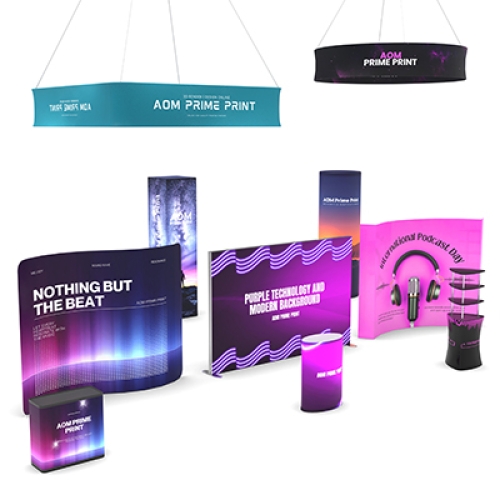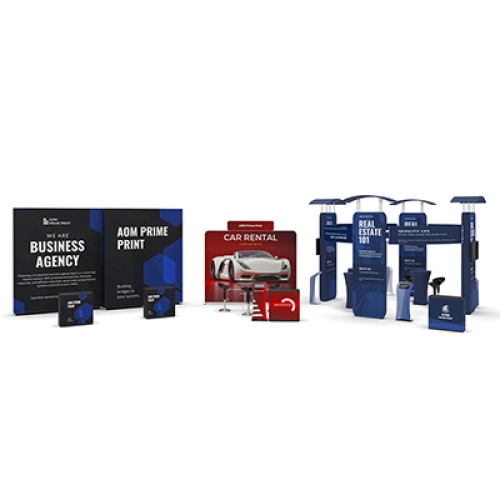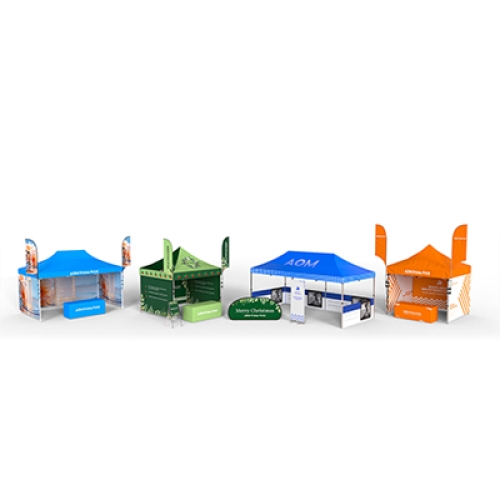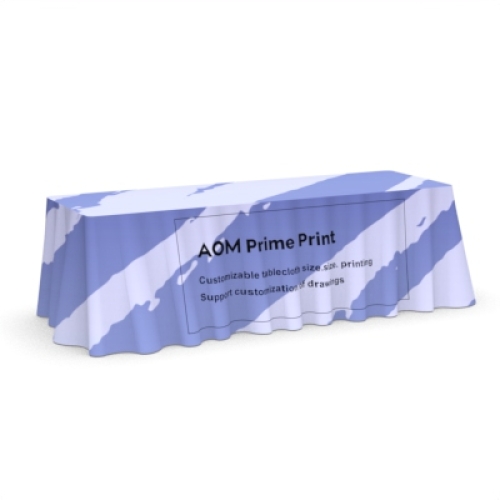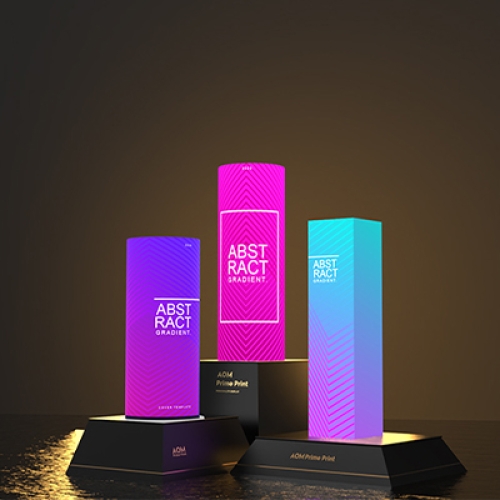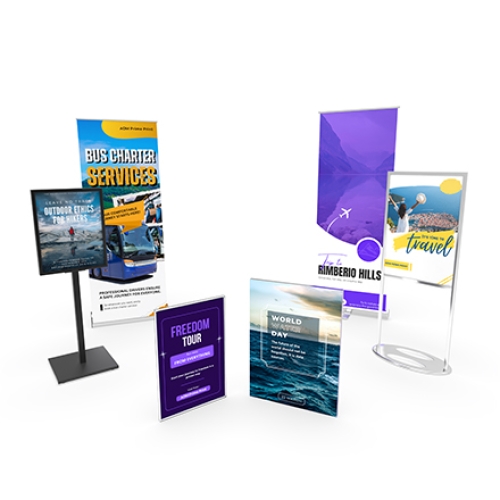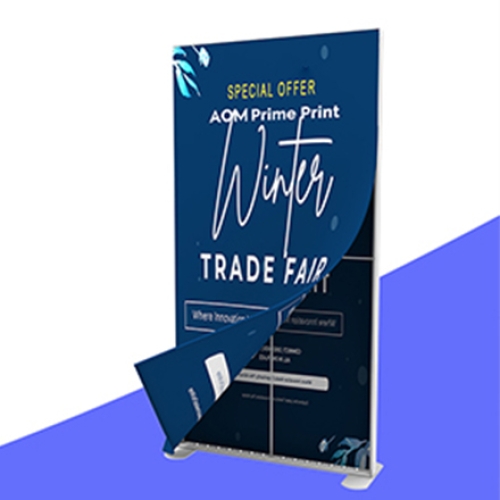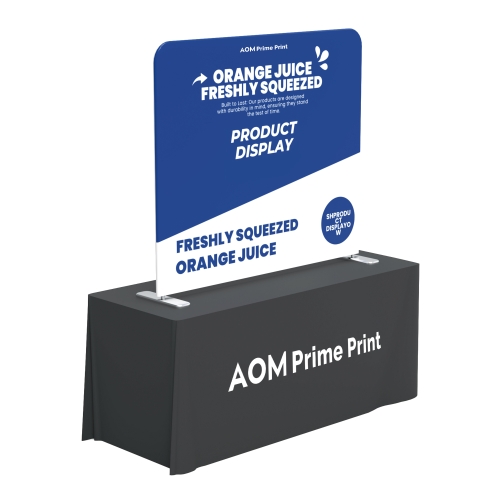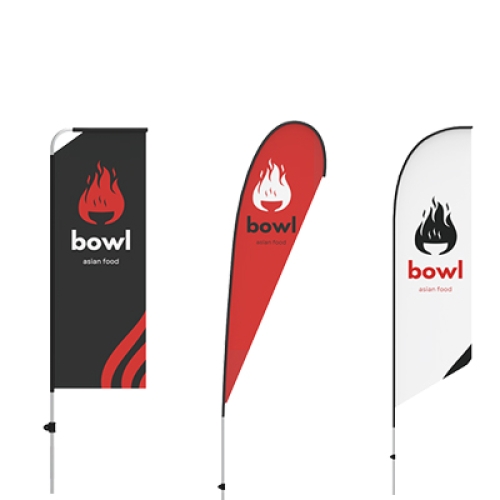Generate Leads from a Trade Show—Maximizing Your Trade Show Success
December 26th 2024
In today's competitive business environment, trade shows provide an excellent platform for companies to showcase their products and services. However, achieving desired results at exhibitions requires careful planning and professional execution. Here are the key elements to ensure trade show success:
Set Specific Exhibition Goals
Every business has unique objectives for participating in trade shows. Whether it's building brand awareness, finding new customers, promoting new products, or strengthening relationships with existing clients, the key is to focus on 1-2 primary goals rather than trying to accomplish everything. Develop a detailed action plan that includes budget allocation, staffing arrangements, and expected outcomes.
Optimize Booth Location
Your booth's location can make or break your trade show success. Consider these strategic positions:
- Near main entrance/exit points where traffic is guaranteed
- Close to anchor exhibitors who draw large crowds
- Adjacent to food courts or rest areas where visitors naturally gather
- Corner locations that offer multiple entry points
- Areas with good lighting and visibility
Study the floor plan in advance and understand the flow patterns. Consider factors like:
- Natural foot traffic routes
- Competitor booth locations
- Ceiling height for display purposes
- Proximity to bathrooms and refreshment areas
- Column or structural obstacles that might affect visibility
Create a Professional Booth Image
Booth design should highlight your company's unique features while maintaining clarity and simplicity. Use prominent corporate branding and concise messaging with coordinated color schemes. Display products thoughtfully and avoid clutter. Ensure your booth both catches the eye and clearly communicates your company's value proposition.
Layout Considerations:
- Open, inviting entrance points
- Clear traffic flow within the booth
- Dedicated demonstration areas
- Private meeting space if needed
- Storage area for materials and personal items
Enhance Team Professionalism
On-site staff are direct representatives of your company's image. Focus on training them in product knowledge, communication skills, and proper etiquette. Establish clear working guidelines to ensure the team can professionally and enthusiastically receive every visitor while effectively collecting potential client information.
Lead Generation:
- Effective questioning techniques
- Quick qualification methods
- Efficient lead capture process
- Follow-up scheduling
- Business card management
Establish Data Tracking Mechanisms
Scientific data collection is crucial for evaluating exhibition effectiveness. Record key information such as visitor numbers, product interests, and common inquiries. Additionally, implement a comprehensive customer information collection system to lay the groundwork for follow-up activities.
Implement systematic data collection methods:
Visitor Analytics:
- Total visitor count
- Peak traffic times
- Average engagement duration
- Product interest distribution
- Geographic distribution
Lead Quality Metrics:
- Decision-maker percentage
- Budget availability
- Project timelines
- Competition consideration
- Follow-up preferences
Technology Integration:
- Digital lead capture systems
- QR code tracking
- Mobile CRM integration
- Real-time data analysis
- Automated follow-up triggers
Execute Effective Follow-up
Follow-up work after the show often determines final conversion rates. Promptly send thank-you notes, product information, or personalized offers based on collected contact information. Establish long-term communication channels to transform initial trade show contacts into lasting business partnerships.
Measure Return on Investment
Regularly evaluate exhibition performance across multiple dimensions, including new customer acquisition, cooperation intentions, and brand exposure. Summarize lessons learned and continuously optimize exhibition strategies to improve future trade show performance.
Through careful implementation of these expanded strategies, companies can significantly enhance their trade show effectiveness and achieve their business objectives. Remember, successful trade show participation is a combination of thorough preparation, excellent execution during the event, and persistent follow-up afterward. Regular evaluation and refinement of these elements will lead to increasingly successful trade show experiences.
This comprehensive approach ensures that every aspect of your trade show participation is carefully considered and optimized for maximum return on investment. The key is to maintain consistency across all elements while remaining flexible enough to adapt to specific show conditions and target audience needs.

